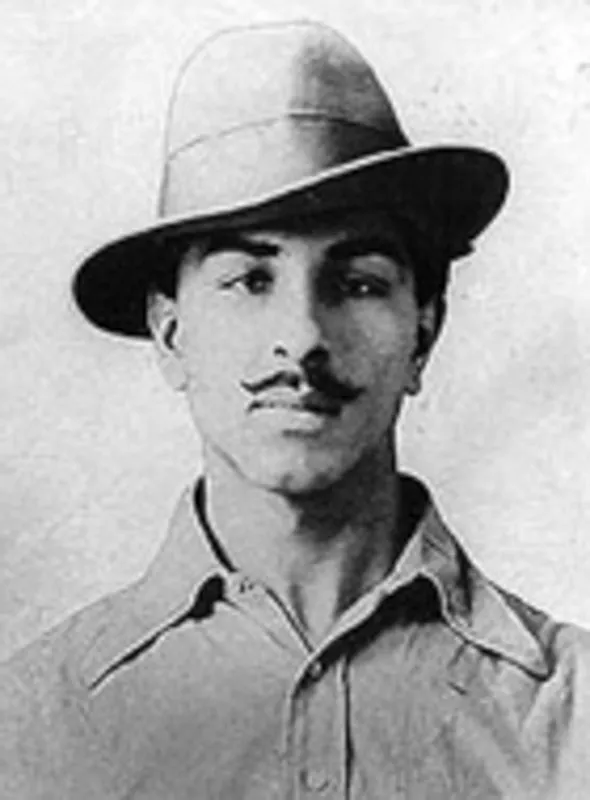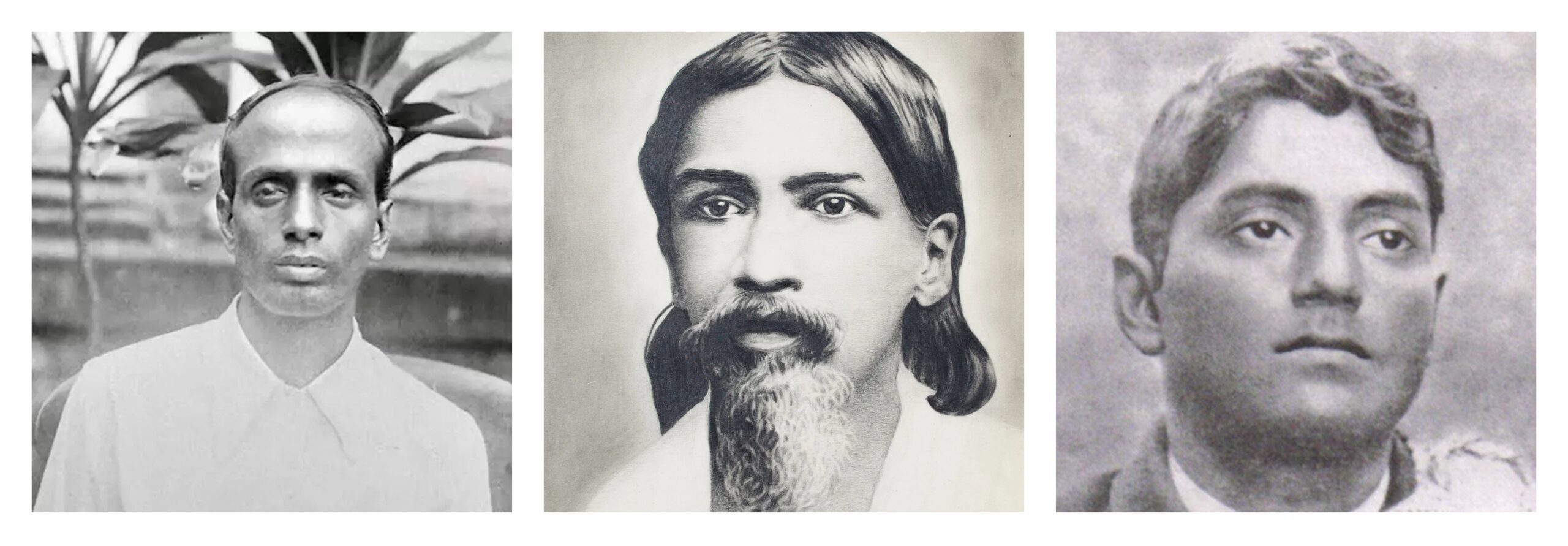Table of Contents
- Revolutionary activities in India during the period of British colonial rule were characterized by various forms of resistance, ranging from nonviolent civil disobedience to armed struggle. These activities were carried out by individuals and organizations to achieve independence from British rule and establish a sovereign nation.
- Revolutionary activities took various forms, including bombings, assassinations of British officials, armed uprisings, and sabotage. These tactics were intended to disrupt British governance and convey a message of defiance.
Introduction: Revolutionary Activities
- The revolutionary movement in India emerged in the early 20th Century.
- The revolutionary movement in India can be divided into two phases, namely –
- the early revolutionary movements (before World War I) and
- the later revolutionary movements (after World War I).
- With the aim to overthrow the British rule and to establish self-government, the early revolutionary activists were inspired by the unification of Italy and the Extremists in Congress.
- Discontent with the withdrawal of the Non-Cooperation Movement and Gandhian method, there was a rise of a new type of revolutionary movement in the 1920s.
- Those later revolutionary activists were inspired by the socialist and Marxist ideology.
Revolutionary Activities in Bengal
Anushilan Samiti
- Anushilan Samiti was an underground society for anti-British activity in the guise of a fitness club.
- The organization was founded in Bengal in 1902 by Pramathanath Mitra.
- It had two prominent arms in East and West Bengal –
- Dhaka Anushilan Samiti (centered in Dhaka), and
- Jugantar group (centered in Calcutta).
- The Samiti collaborated with other revolutionary organizations in India and abroad.
- It was influenced by philosophies like Italian Nationalism, and the Pan-Asianism of Kakuzo Okakura.
- Notable members of the Samiti were Rash Behari Bose and his brother Barindra Ghosh, Taraknath Das, Nanigopal Sengupta, Hemendrakishore Acharya Chaudhuri, Narendra Bhattacharya or M.N. Roy.
- Activity –
- Delhi conspiracy case
- Alipore Bomb Case or the Maniktola bomb conspiracy
- Howrah-Shibpur Conspiracy case
Revolutionary Activities in Punjab
Hindustan Republican Association
- Founded: Kanpur, 1924. Later it became the “Hindustan Socialist Republican Association“
- Founder: Ramprasad Bismil, Jogesh Chandra Chatterjee, Chandrashekhar Azad, Yogendra Shukla and Sachindranath Sanyal.
- Notable members: Ashfaqullah Khan, Roshan Singh, Rajendra Lahiri
- Activity: Kakori Conspiracy (1925) – One of the most famous actions associated with the HRA was the Kakori Conspiracy. Led by Ram Prasad Bismil and Ashfaqulla Khan, HRA members planned and executed the robbery of a train at Kakori near Lucknow. The aim was to loot the government treasury to fund revolutionary activities. While the robbery itself was not entirely successful, it garnered significant attention and led to the arrest and subsequent trial of several HSRA members.
Hindustan Socialist Republican Association

- The Hindustan Socialist Republican Association (HSRA) was a prominent revolutionary organization in India during the Indian independence movement. Here are the key details regarding its foundation, founder, notable members, and activities:
- Foundation: The HSRA was founded in 1928 in Feroz Shah Kotla, Delhi, during a meeting organized by Chandrashekhar Azad, Bhagat Singh, and other revolutionaries.
- Founder: The prominent founders of the HSRA were Chandrashekhar Azad and Bhagat Singh. They were inspired by the revolutionary ideas of socialism and were determined to fight against British colonial rule in India through armed struggle.
- Notable Members: Bhagat Singh, Chandrashekhar Azad, Ram Prasad Bismil, Ashfaqulla Khan, Rajendra Lahiri.
- Activities:
- Central Legislative Assembly Bombing (1929): Bhagat Singh and Batukeshwar Dutt, both members of the HSRA, bombed the Central Legislative Assembly in Delhi on April 8, 1929. The aim was to protest against the passage of repressive laws and to highlight the demands of the Indian independence movement.
- Lahore Conspiracy Case (1930): Bhagat Singh, Sukhdev Thapar, and Rajguru, were involved in the assassination of John Saunders, a British police officer, in Lahore in 1928. They were arrested and later tried in the Lahore Conspiracy Case.
Revolutionary Activities in Maharashtra
Abhinav Bharat Secret Society
- Founded – 1904 in Nasik. Initially founded as “Mitra Mela“
- Founder – Vinayak Damodar Savarkar and his brother Ganesh Damodar Savarkar
- Notable member – Madan Lal Dhingra
- Activity – Assassination of Lt. Col. William Curzon-Wyllie
Revolutionary Activities Outside India
Ghadar Party
- The Ghadar Party was an international political movement formed by Indian immigrants in the United States and Canada.
- Its objective was to overthrow British rule in India through armed revolution.
- The party was founded on July 15, 1913, in Astoria, Oregon, USA, by Lala Har Dayal, Sant Baba Wasakha Singh Dadehar, Baba Jawala Singh, Santokh Singh and Sohan Singh Bhakna.
- Sohan Singh Bhakna was its founding president.
- The party found a large support base among Indian expatriates living in the United States, Canada, East Africa, and Asia.
- The Ghadar Movement was suppressed using a massive international counter-intelligence operation and draconian political acts (including the Defence of India Act 1915) of the colonial government.
India House (London)
- India House was a student residence in London that operated between 1905 and 1910 to promote nationalist views among Indian students in the United Kingdom.
- It was founded by Shyamji Krishna Verma.
- The India House published a newspaper called “The Indian Sociologist”. It was instrumental in spreading the message of Indian nationalism and anti-colonialism.
- Several revolutionaries got associated with the India house and most important ones are V D Savarkar and Madan Lal Dheengra, V.N. Chatterjee, Lala Har Dayal, V. V. S. Aiyar, M.P.T. Acharya and P.M. Bapat.
- India House played a significant role in the Indian freedom struggle by providing a platform for Indian students to discuss and debate issues related to India’s freedom.
- The House also provided a safe haven for Indian revolutionaries who were forced to flee India due to their anti-British activities.
Notable Revolutionaries
Bhagat Singh
- Participated in the non-cooperation movement led by Mahatma Gandhi in 1921 at the age of 14.
- Joined the Young Revolutionary Movement, inspired by Kartar Singh Sarabha.
- Became a member of the Hindustan Republican Association (HRA) and later helped establish the Hindustan Socialist Republican Association (HSRA) in 1928.
- Led the bombing of the Central Legislative Assembly in Delhi along with Batukeshwar Dutt in 1929, to protest against repressive laws and British rule.
- Published revolutionary literature, including the famous pamphlet “Why I am an Atheist,” advocating for socialist revolution and criticizing religious orthodoxy.
- Involved in the assassination of British police officer John Saunders in Lahore in 1928, leading to his arrest and subsequent trial.
- Used his trial as a platform to propagate revolutionary ideals, famously stating, “It is easy to kill individuals but you cannot kill the ideas. Great empires crumbled while the ideas survived.” Bhagat Singh wrote this quote on leaflets he threw at the Central Assembly on April 8, 1929.
- Went on a hunger strike in jail to protest against the inhumane treatment of political prisoners and demand equal rights for Indian political prisoners.
- Became an iconic figure of the Indian independence movement, inspiring generations with his bravery, intellect, and commitment to the cause of freedom.
- Despite being executed by the British authorities in 1931 at the age of 23, Bhagat Singh’s legacy continues to inspire millions of Indians in their fight against injustice and oppression.
Chandrashekhar Azad
- Initially associated with the non-cooperation movement led by Mahatma Gandhi, but later disillusioned by its nonviolent approach.
- Joined the Hindustan Republican Association (HRA) and played a crucial role in transforming it into the Hindustan Socialist Republican Association (HSRA) in 1928.
- Adopted the pseudonym “Azad,” meaning “free” in Urdu, to symbolize his commitment to the cause of Indian independence and his resolve to never be captured alive by the British.
- Known for his exceptional skills in guerrilla warfare and tactical planning, which earned him the reputation of being a fearless revolutionary.
- Participated in several revolutionary activities, including the Kakori Conspiracy (1925), where he played a supporting role and helped plan the escape route for the revolutionaries.
- Involved in various acts of sabotage and attacks on British officials and institutions, including the killing of J.P. Saunders, a British police officer, in 1928.
- Maintained a clandestine lifestyle, constantly changing his hideouts and aliases to evade British authorities, earning him the nickname “The Immortal.”
- Died on February 27, 1931, during a shootout with British police in Alfred Park (now Chandrashekhar Azad Park) in Allahabad, refusing to surrender and keeping his pledge to never be captured alive.

